

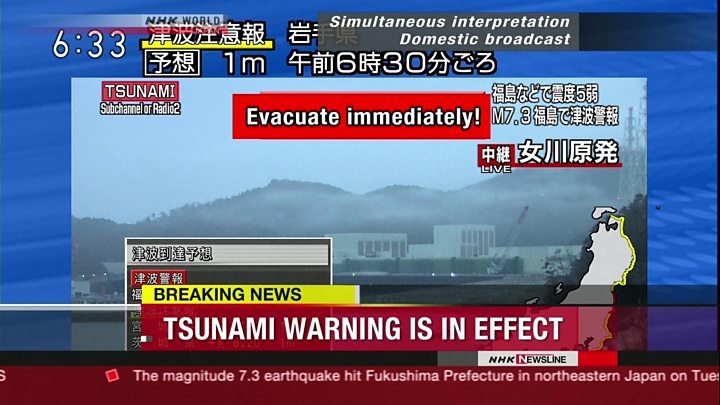
A powerful 7.6-magnitude earthquake struck central Japan, triggering a tsunami warning along the coastal regions of Ishikawa, Niigata, and Toyama prefectures. Despite initial concerns, there have been no reports of damage or casualties. Japan's weather department called for immediate evacuation to higher ground, citing predicted high waves of up to 5 meters. This incident serves as a reminder of Japan's vulnerability to earthquakes and tsunamis, with the 2011 Tohoku earthquake and tsunami being the country's most devastating natural disaster in recent history.
Japan's Earthquake and Tsunami Warning System: A Lifeline Against Natural Disasters
Japan, a nation prone to earthquakes and tsunamis, has developed a comprehensive warning system to protect its citizens from these natural hazards. This system, which combines advanced technology with community preparedness, has saved countless lives and mitigated the impact of disasters.
Top 5 FAQs and Answers:
How does Japan's earthquake and tsunami warning system work?
How quickly are warnings issued?
How are warnings communicated to the public?
What are the challenges in predicting earthquakes and tsunamis?
What other measures are in place to mitigate the impact of earthquakes and tsunamis in Japan?
Further Information:
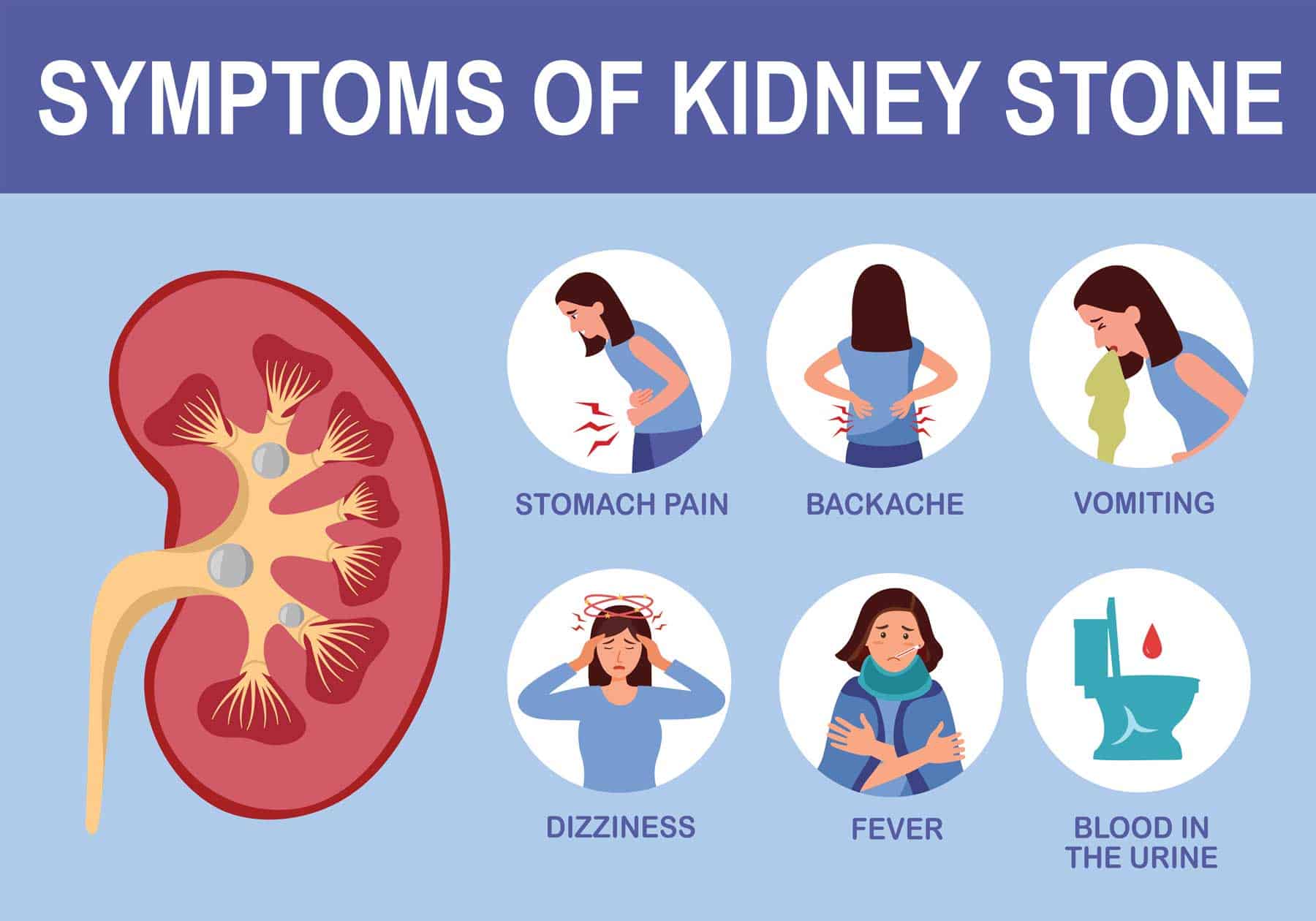
Kidney stones, hard mineral and salt deposits, form when substances in urine concentrate and stick together in the shape of a stone. Factors such as dehydration, high oxalate and salt intake, obesity, and family history can all increase the risk of kidney stones. Treatment options include increasing fluid intake, taking medications to help pass stones, and in severe cases, surgery. Knowing the signs and symptoms of kidney stones is crucial for prevention and treatment.
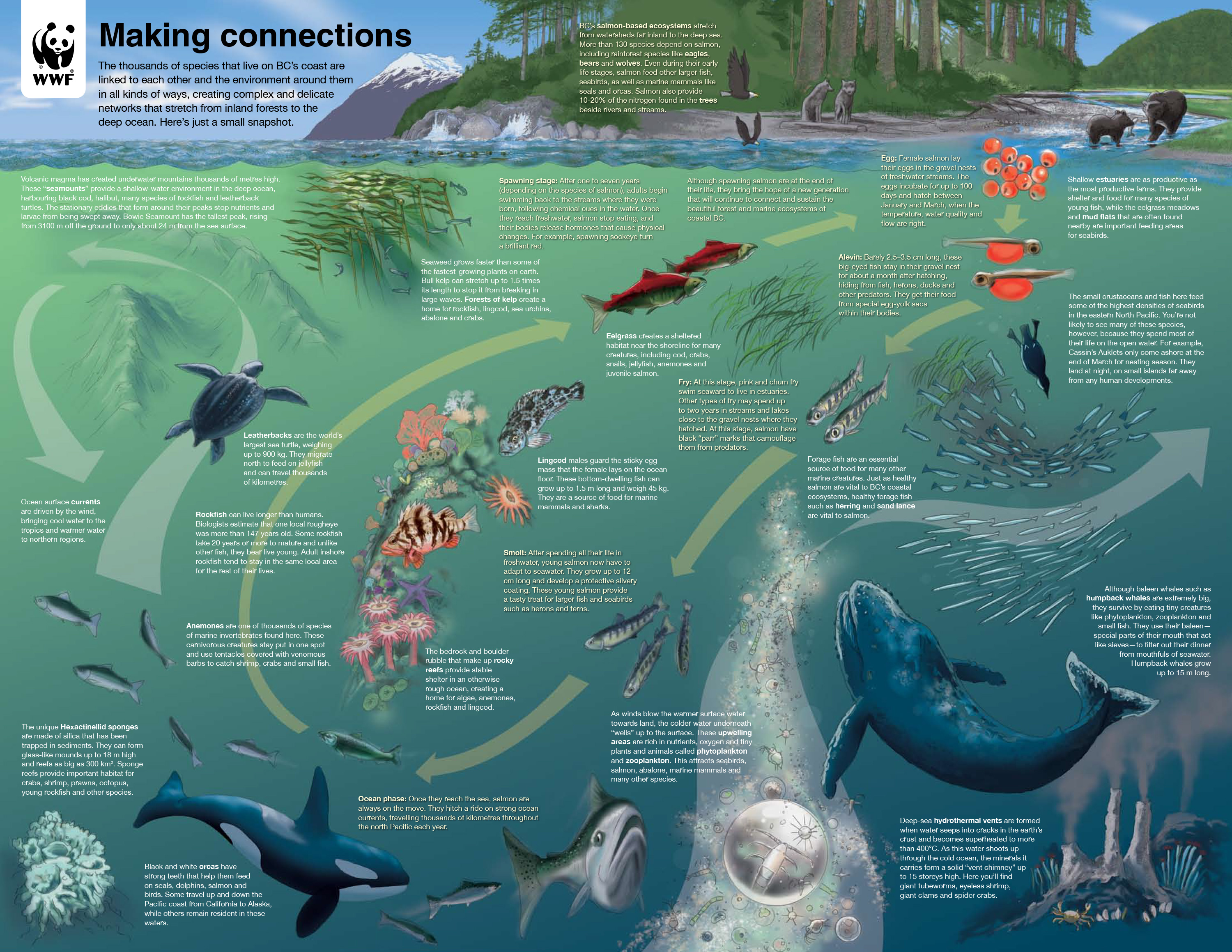
Join CBBC's Naomi Wilkinson and wildlife biologist Lizzie Daly in this educational Live Lesson, in collaboration with Blue Planet Live. Together, they delve into the importance of a healthy marine ecosystem and the threats facing our oceans, such as plastics and overfishing. With a special appearance from Steve Backshall, this programme also highlights the role of sharks in understanding ecosystems and how human actions can harm their survival. Designed for Key Stage 2/2nd Level curricula, this lesson includes a teacher guide and student activity sheets for a comprehensive learning experience.

In honor of International Women's Day 2025, Google dedicated a special doodle to celebrate the contributions of women in STEM fields. Despite progress towards gender equality, women continue to remain underrepresented in STEM, making up just 29% of the global workforce. The doodle highlights the groundbreaking achievements of women in space exploration, ancient discoveries, and lab research, while also emphasizing the importance of recognizing and supporting women in STEM. This International Women's Day serves as a reminder of the countless ways in which women have shaped and continue to shape the world through their contributions to science and technology.

A new study analyzing data from prestigious institutions like Harvard and Yale challenges common perceptions about the religious makeup of American college students. Contrary to popular belief, the study found that the biggest divide in religious behavior is not between elite and non-elite institutions, but between political ideologies. The study also found that there are minimal religious differences between selective and non-selective schools, with the main exceptions being higher percentages of Christian and Jewish students at non-selective schools. This study sheds light on the complex relationship between religion and education in the United States.

This article discusses the importance of proper diet planning during the month of Ramadan for sustained energy levels and stable blood sugar levels. It highlights the need to incorporate complex carbohydrates, protein-rich foods, healthy fats, and hydrating foods into suhoor and iftar meals. Tips for breaking the fast wisely and healthy snacking options are also provided. Additionally, the article emphasizes the importance of hydration and suggests incorporating infused water options for digestion and hydration.

March 3 is observed as World Wildlife Day every year to bring attention to the importance of protecting endangered species. This year's theme, 'Wildlife Conservation Finance: Investing in People and Planet', highlights the need for sustainable measures to protect our diverse wildlife. The United Nations General Assembly declared this day in 2013, coinciding with the signing of the Convention on International Trade in Endangered Species of Wild Fauna and Flora (CITES). This international agreement, with 185 parties, aims to regulate and control the trade of endangered species to ensure their survival. Three appendices list the species under different categories based on their level of protection needed, with stricter rules for Appendix I species such as the Indian star tortoise.

India celebrates National Science Day every year on February 28 to honor the discovery of the Raman Effect by Sir C.V. Raman. The theme for this year's celebration, "Advancing Science for a Sustainable Future," highlights the role of scientific research in tackling global issues and encourages discussion on technological advancements. By promoting scientific awareness and inspiring the next generation of scientists and innovators, National Science Day strengthens India's commitment to scientific excellence and sustainable progress.
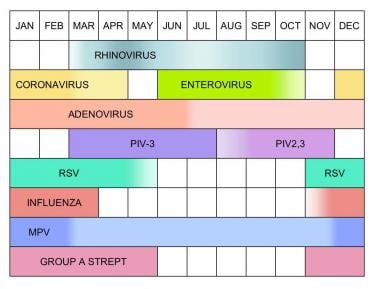
As the seasons change, our bodies are exposed to fluctuating temperatures and humidity levels that can weaken our immune systems and make us more susceptible to respiratory infections. These shifts in weather can create the ideal conditions for viruses to thrive and spread, leading to common illnesses like colds, coughs, and viral fevers. With insights from Dr Meenakshi Jain, a Senior Director of Internal Medicine, we explore how these seasonal changes affect our health and what steps we can take to protect ourselves. From boosting our immunity through diet and exercise, to practicing good hygiene and getting vaccinated, these preventative measures can help us stay healthy during seasonal transitions.
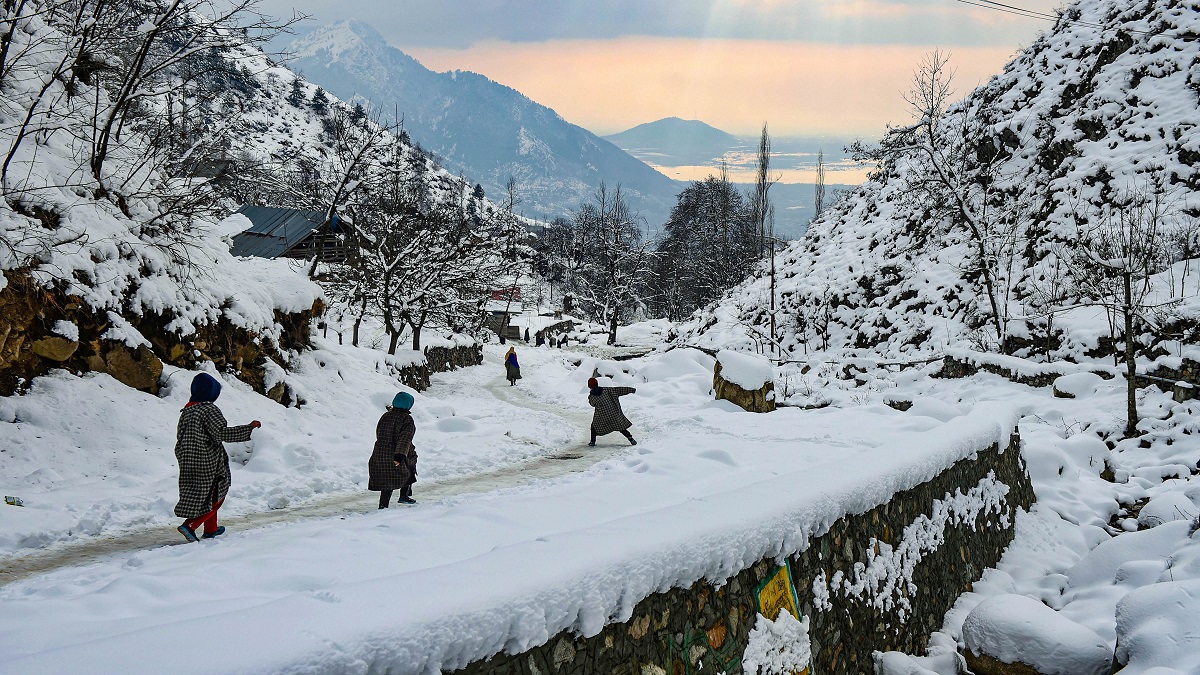
On the recent National Science Day, we commemorate the discovery of the Raman Effect and celebrate the contributions of scientists like Dr. Chandrasekhara Venkata Raman. To uphold the spirit of innovation, here are some inspiring quotes that continue to motivate scientists, students, and enthusiasts. Meanwhile in Srinagar, a cold wave and light snowfall have hit Jammu and Kashmir, reminding us of the wonders of nature.

India celebrates National Science Day on February 28 every year in honor of Sir CV Raman's groundbreaking discovery of the Raman Effect in 1928, which revolutionized the field of physics and earned him the Nobel Prize. This year, the theme is ‘Empowering Indian Youth for Global Leadership in Science & Innovation for Viksit Bharat’, highlighting the importance of science and innovation in India's development. The first National Science Day was celebrated in 1987, and since then it has become an important occasion to acknowledge the contributions of Indian scientists in various fields.